Seoul, South Korea: The Photography Seoul Museum of Art (PhotoSeMA) is now open, becoming Korea’s first public museum fully dedicated to photography. Located in Dobong-gu, a growing cultural district in northeastern Seoul, the museum brings together a strong curatorial focus and a bold architectural design. It’s built to support photography not just as a form of visual art, but also as a medium for historical preservation and creative research.
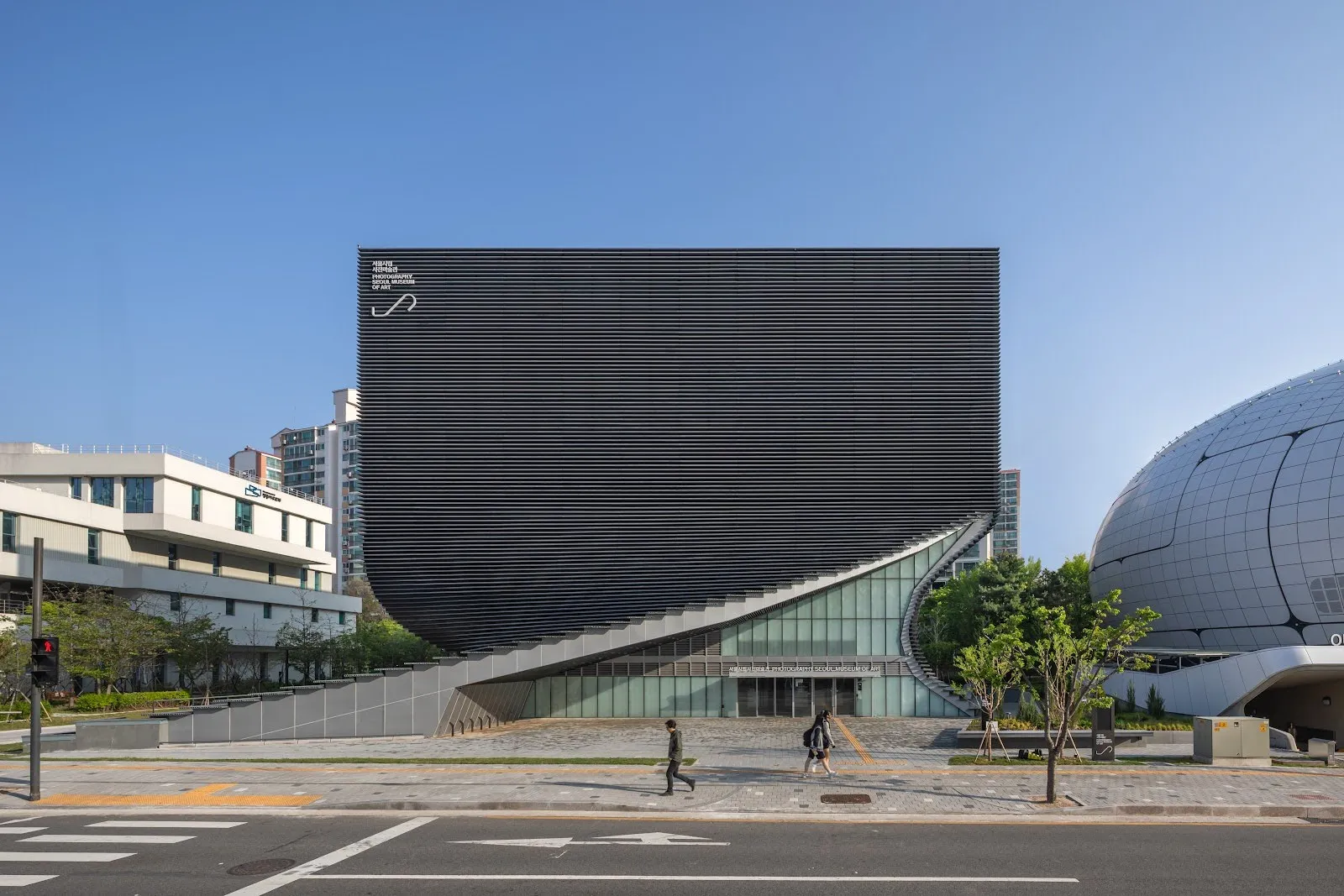
This new branch of the Seoul Museum of Art (SeMA) spans 7,048 square meters across six levels, four above ground and two below, and is the result of a collaboration between Austrian firm ‘Jadric Architektur’ and Seoul-based ‘1990uao Architects.’ The building sets a sculptural tone, marked by bold concrete surfaces and strategically filtered light that creates dynamic interactions between architecture and image.
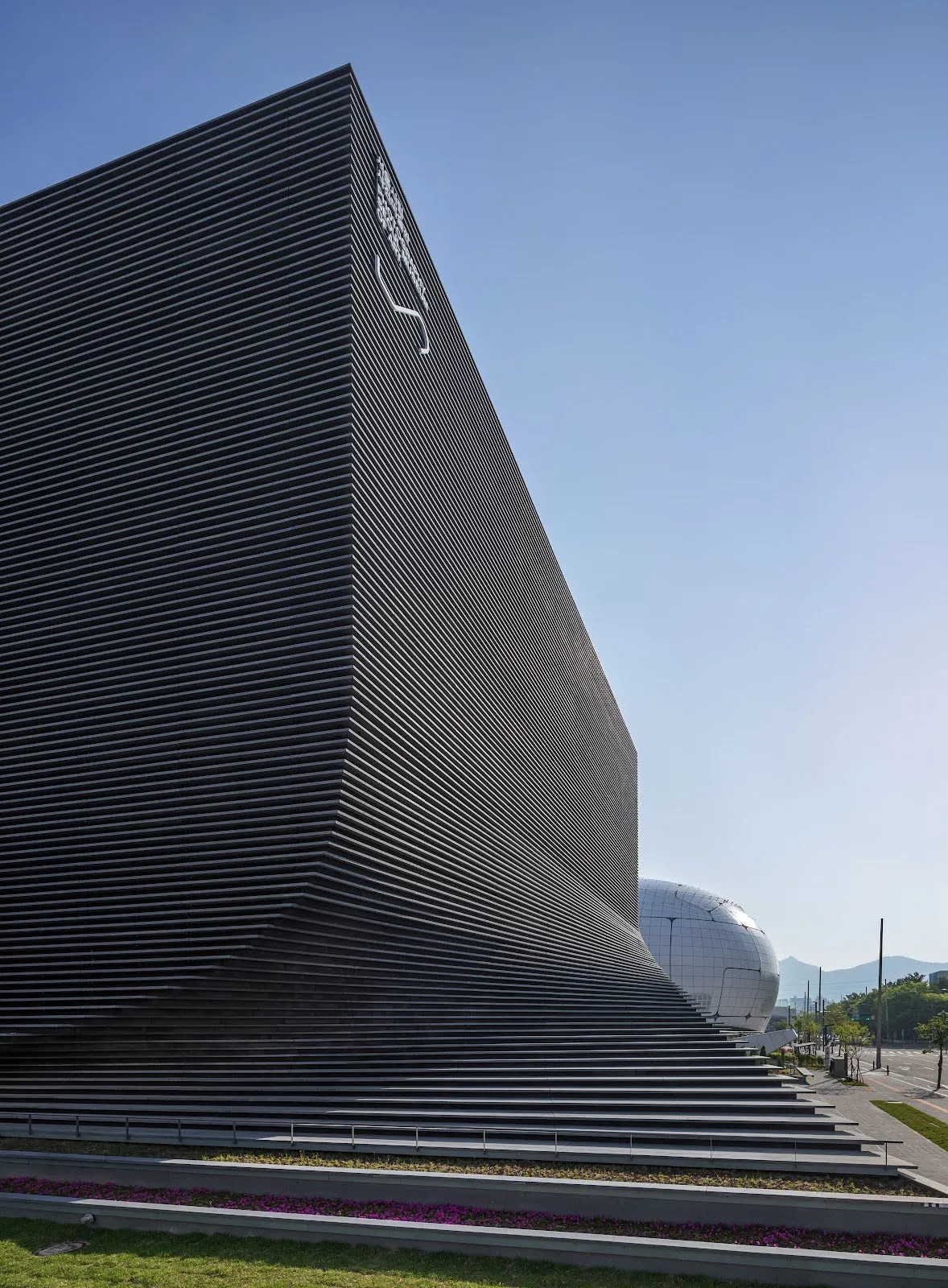
A Museum Designed Around Photography
The Photography Seoul Museum of Art was designed to be an enclosure for light as well as a place for reflective experiences. The architects focused on restrained materials, clear circulation, and a spatial rhythm interrupted by voids and light wells. These features of architecture are practical rather than aesthetic, enabling the interplay of light and shadow to change throughout the day, reflecting the complexity of photography technique.
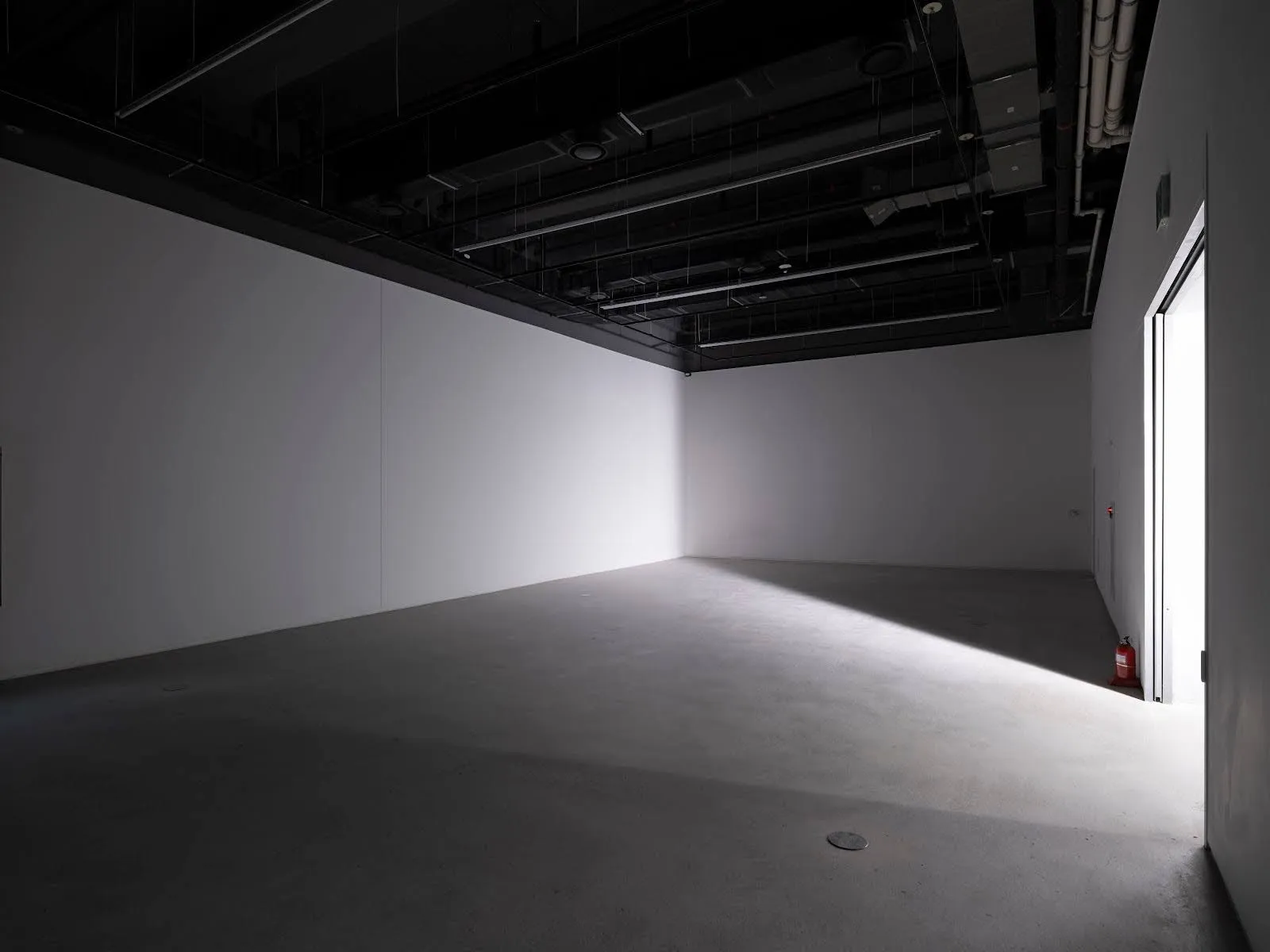
Inside, the galleries are designed to embrace a variety of photography forms, including old silver gelatin prints, multimedia, and video installations. Archival facilities, subtly hidden from public view, represent the foundation of the institution’s long-term research objectives. This dual identity as a location for display and preservation provides the museum with a multifaceted purpose that will grow alongside the media it serves.
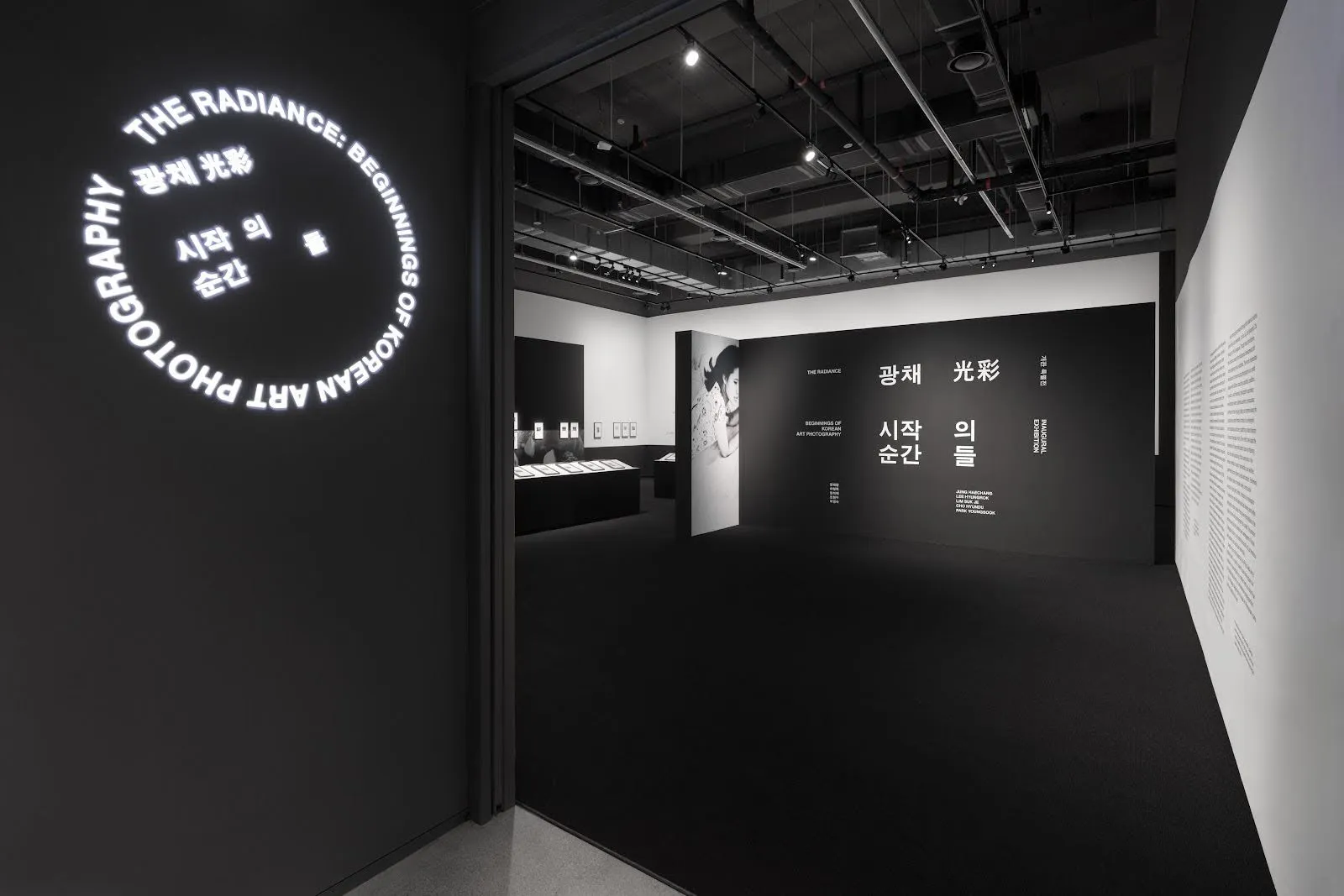
Inaugural Exhibitions: ‘The Radiance’ and ‘Storage Story’
The museum opens with two foundational exhibitions under the collective theme Light Obsession, which together trace the historical roots and contemporary directions of Korean photography.
1. The Radiance: Beginnings of Korean Art Photography
This exhibition presents the works of five pioneering Korean photographers: Jung Haechang, Lim Suk Je, Lee Hyungrok, Cho Hyundu, and Park Youngsook. These artists were instrumental in shaping the early trajectory of Korean art photography during the 20th century. Drawing from a collection of more than 20,000 works and archival materials spanning from the 1920s through the 1990s, The Radiance marks the first public presentation of this comprehensive research-based archive.

Installed with sensitivity to both space and historical context, the exhibition creates room for individual interpretation while underscoring the photographers’ formal and conceptual innovations. It offers a rare, in-depth look at Korea’s photographic evolution and its broader cultural implications.
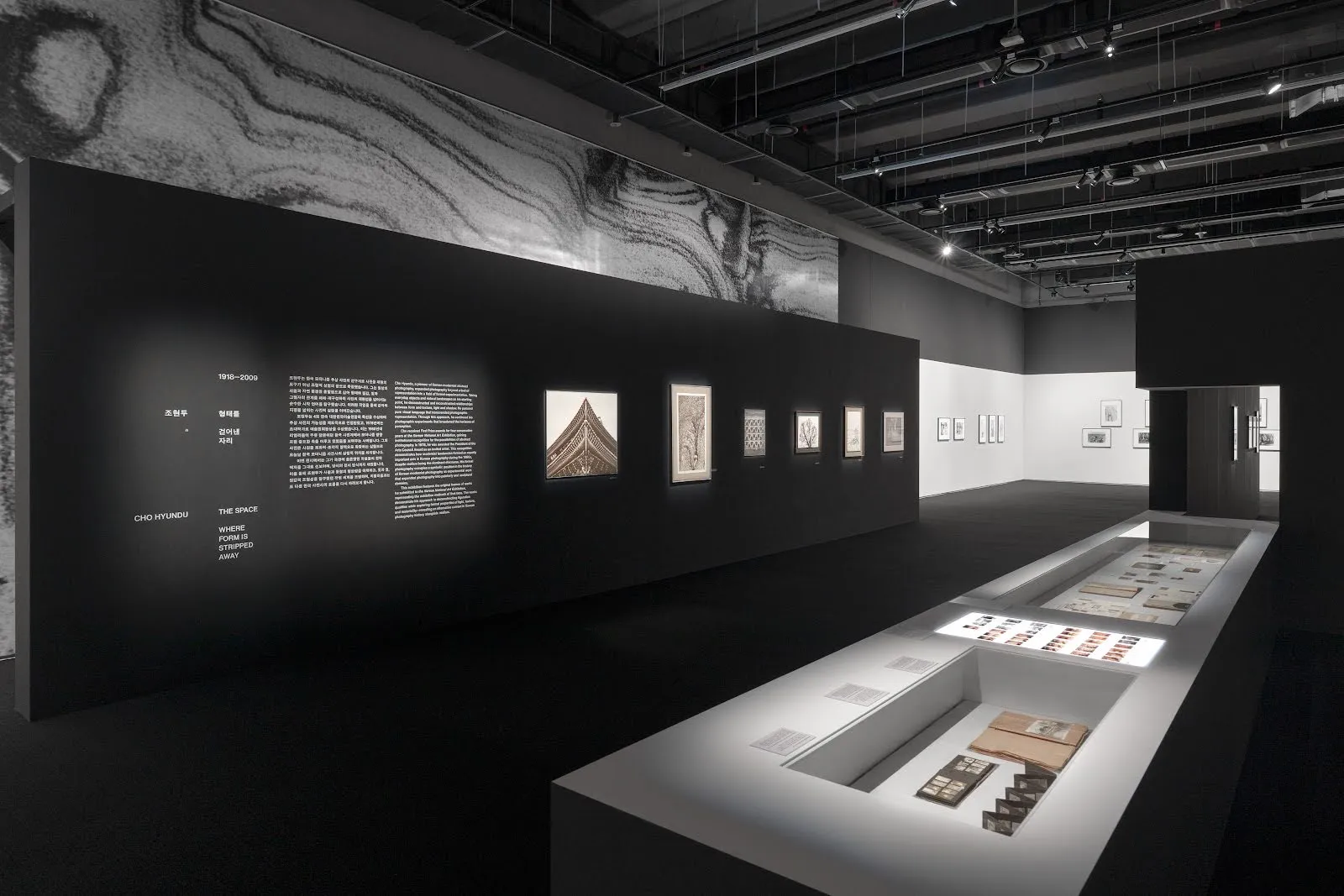
2. Storage Story
In contrast, Storage Story looks inward, turning the lens onto the museum itself. Six contemporary artists: Dongsin Seo, Won Seoung Won, Jihyun Jung, Joo Yongseong, Melmel Chung, and Oh Jooyoung, present original works that use photography as both documentary and expression. Each artist explores aspects of the museum’s creation, architecture, and archival mission, reframing the institution not as a static space but as a living, evolving organism.
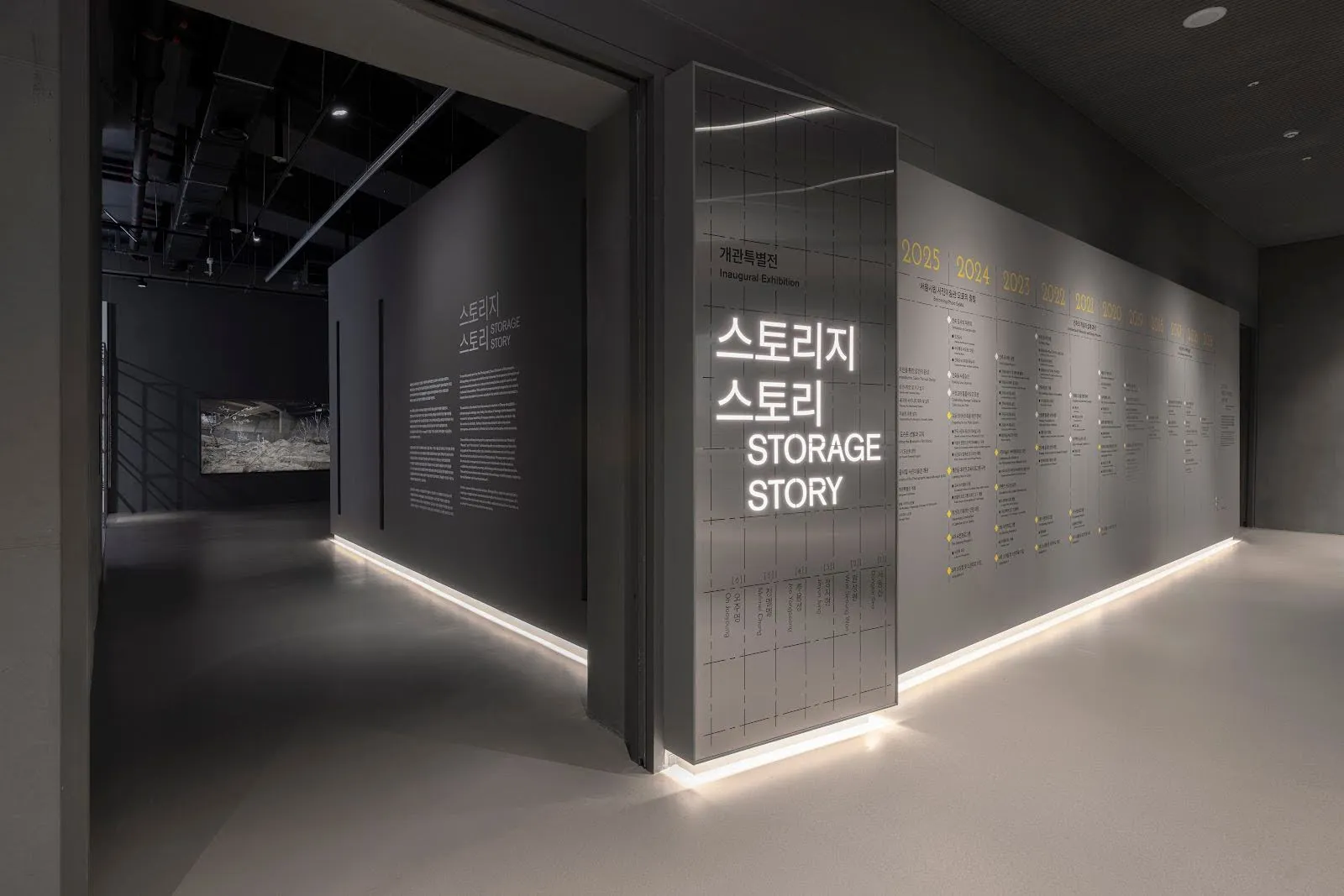
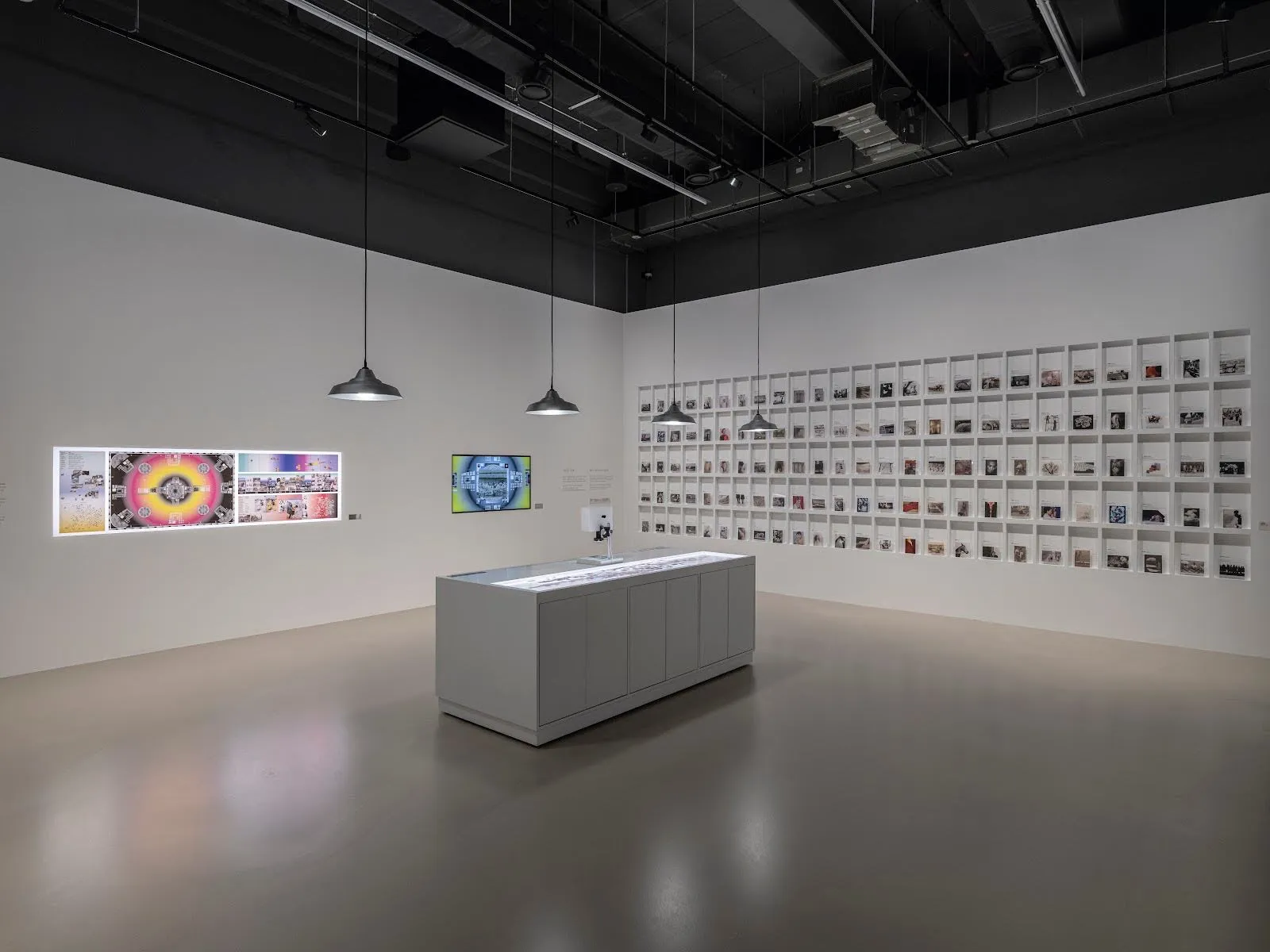
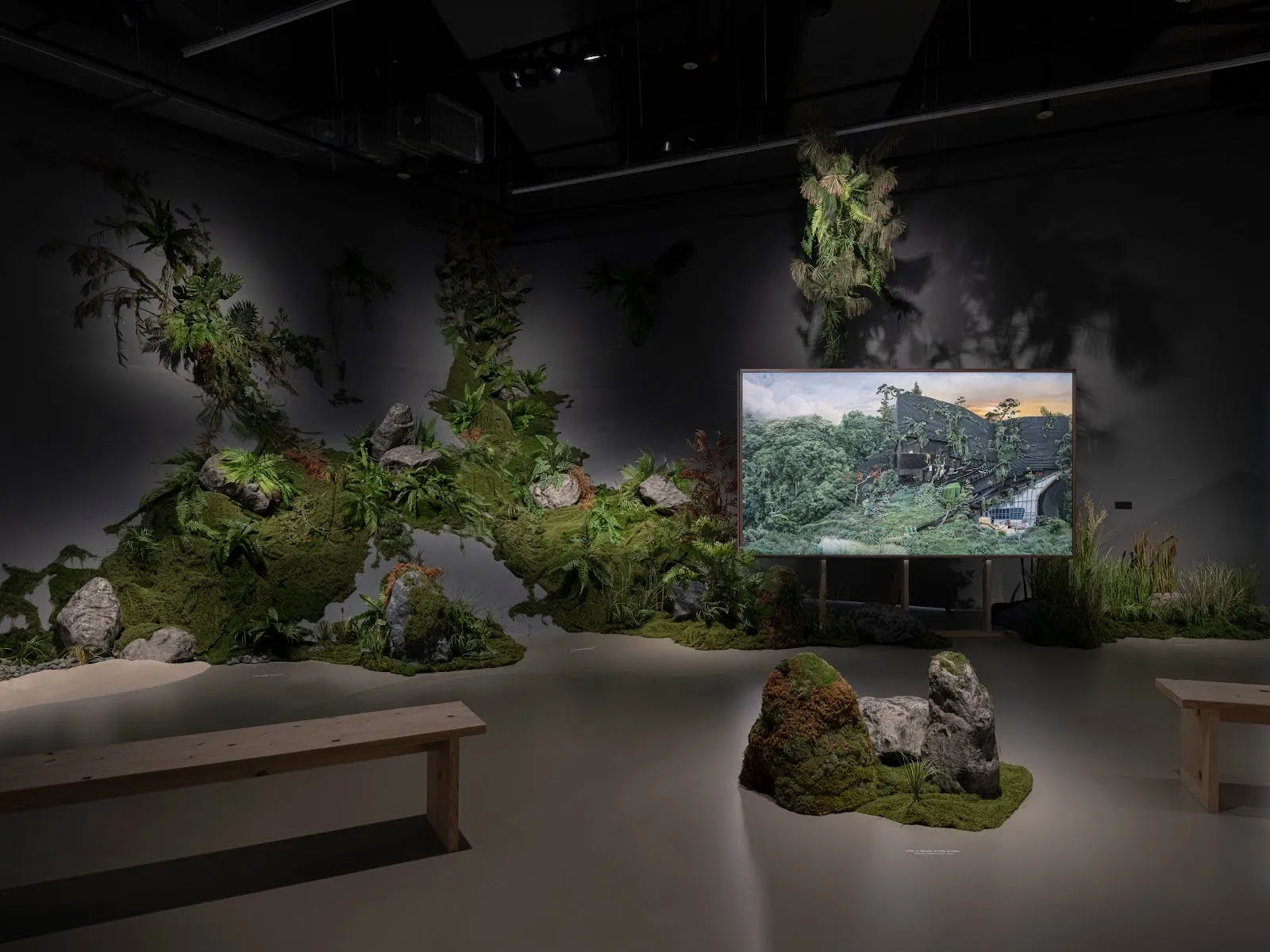
The resulting works directly engage with the museum’s spatial design, memory systems, and role as a site of creation. They reflect that the photographic practice can expand beyond representation to become a mode of institutional critique, introspection, and imagination.

Architecture and Exhibition in Dialogue
The museum’s architectural strategy plays a significant role in shaping visitors’ encounters with the art. Light-filled voids, shifting apertures, and layered zones within the building not only frame the works but amplify their meaning. The dialogue between artwork and architecture is especially potent in Storage Story, where many pieces were created specifically in response to the building’s spatial language.
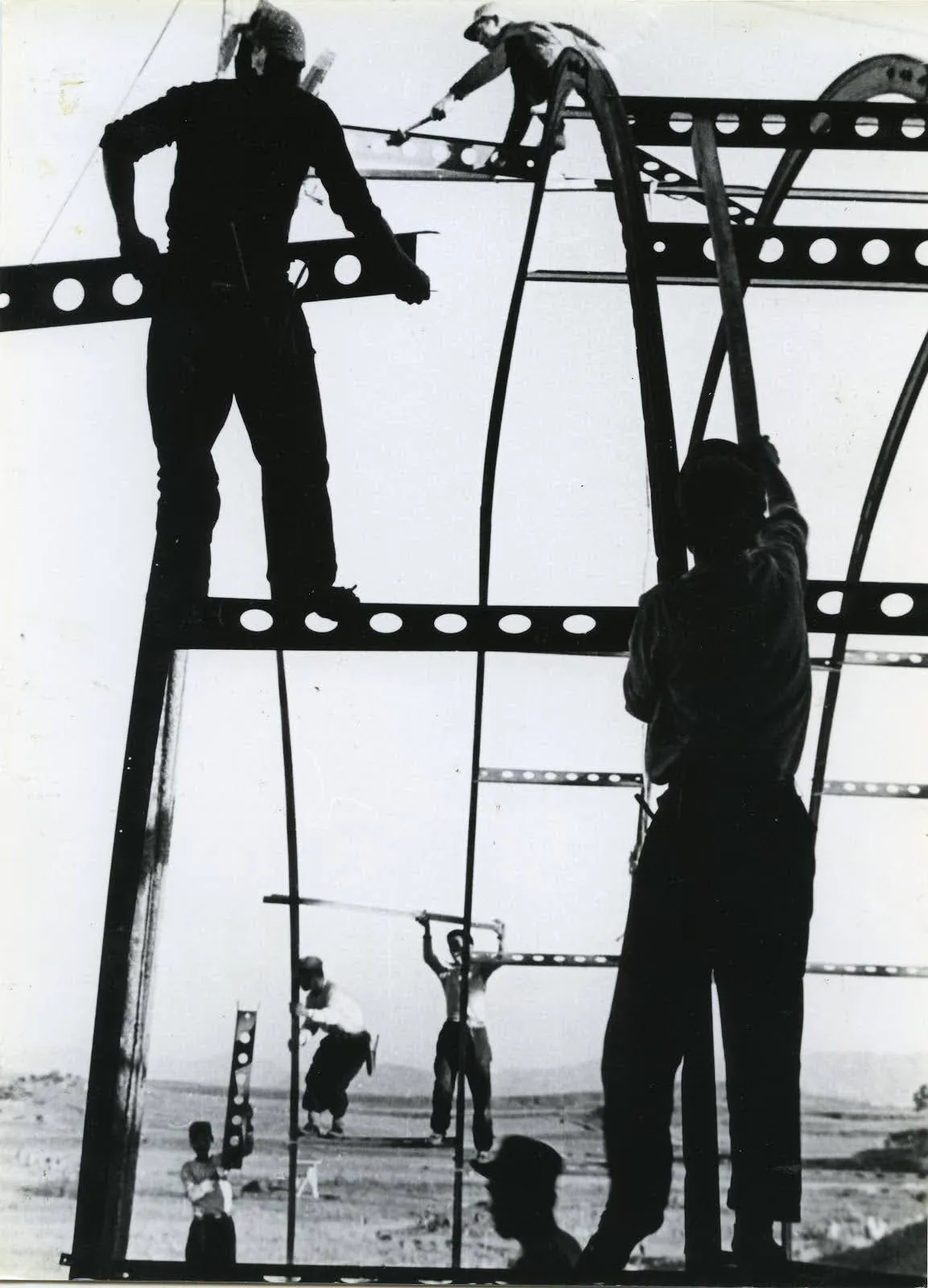
A Platform for Research, Education, and Cultural Exchange
Beyond exhibitions, PhotoSeMA aims to serve as a key hub for photographic research, education, and international cultural dialogue. Its programming includes artist talks, academic forums, and weekend events running through the summer season, connecting audiences with curators, artists, and historians. The museum also plans to build on its archival foundation, collecting new works and continuing research into Korea’s photographic past and future.
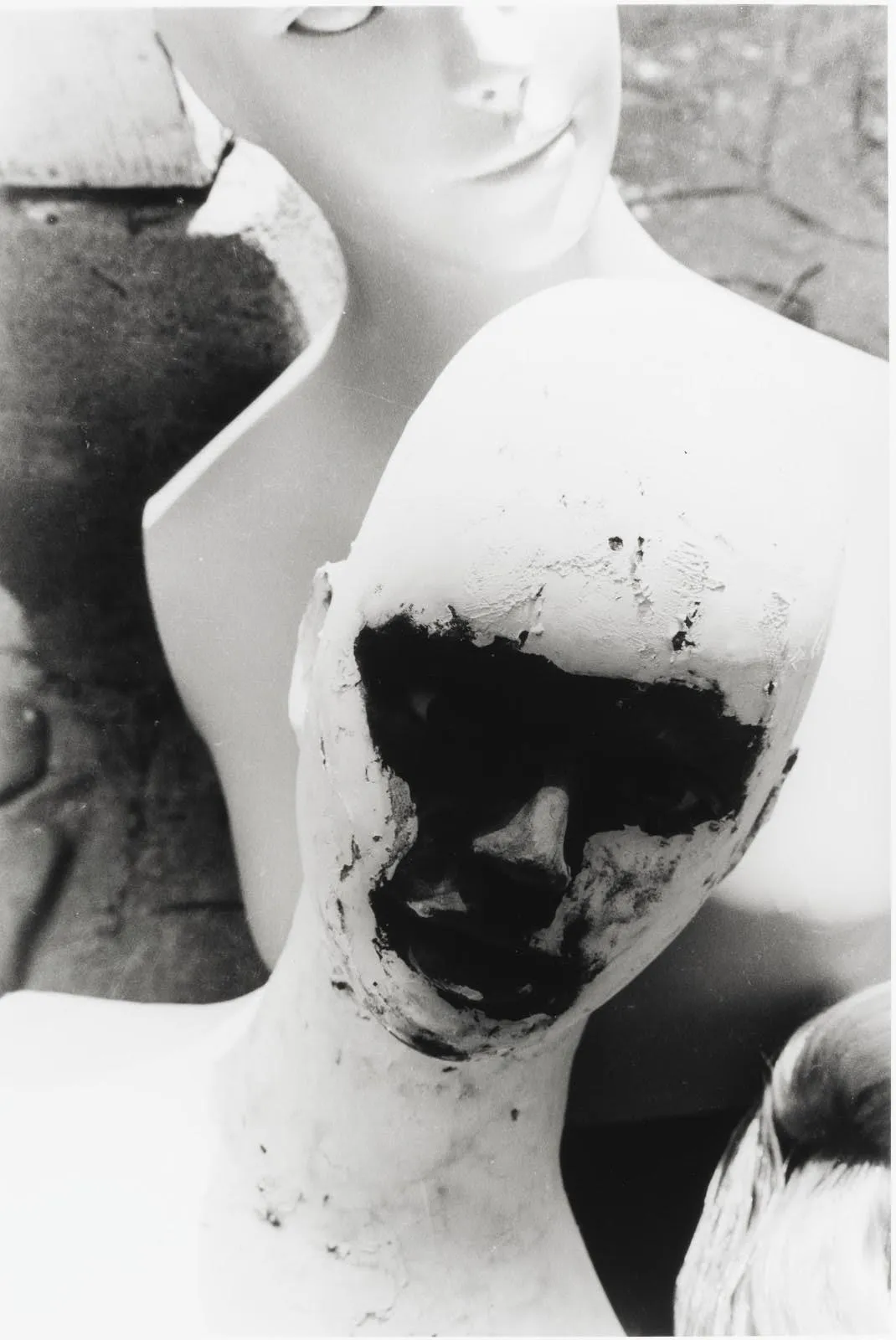
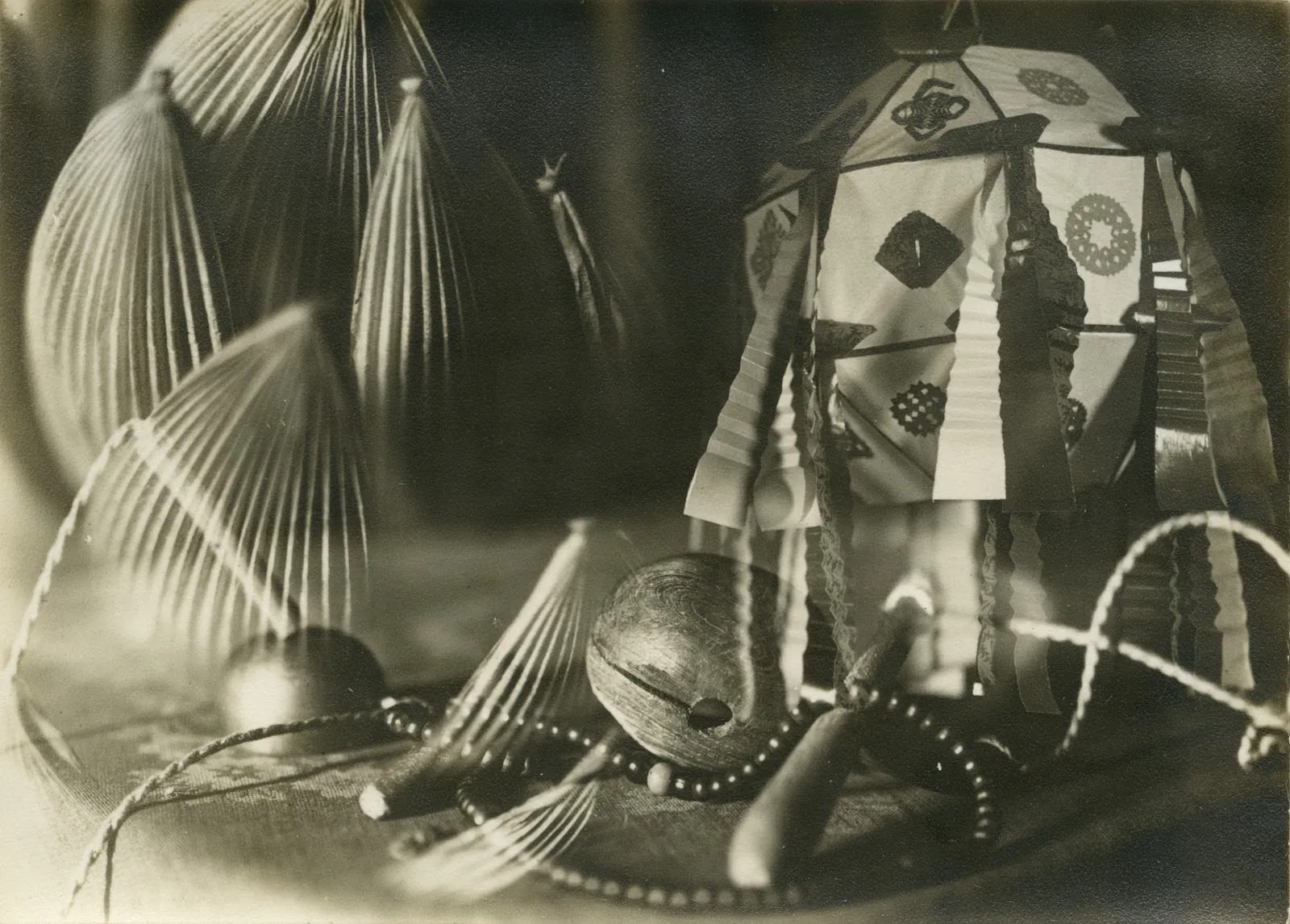
Choi Eunju, General Director of the Seoul Museum of Art, said, “Together with Buk-Seoul Museum of Art, we hope that the Photography Seoul Museum of Art will become a new cultural anchor in the northeastern region of Seoul. By exploring photography as one of the most accessible yet critically positioned mediums in both the history of art and contemporary practice, we aim to establish this institution as Korea’s leading museum of photography and a prominent presence in Asia and beyond.
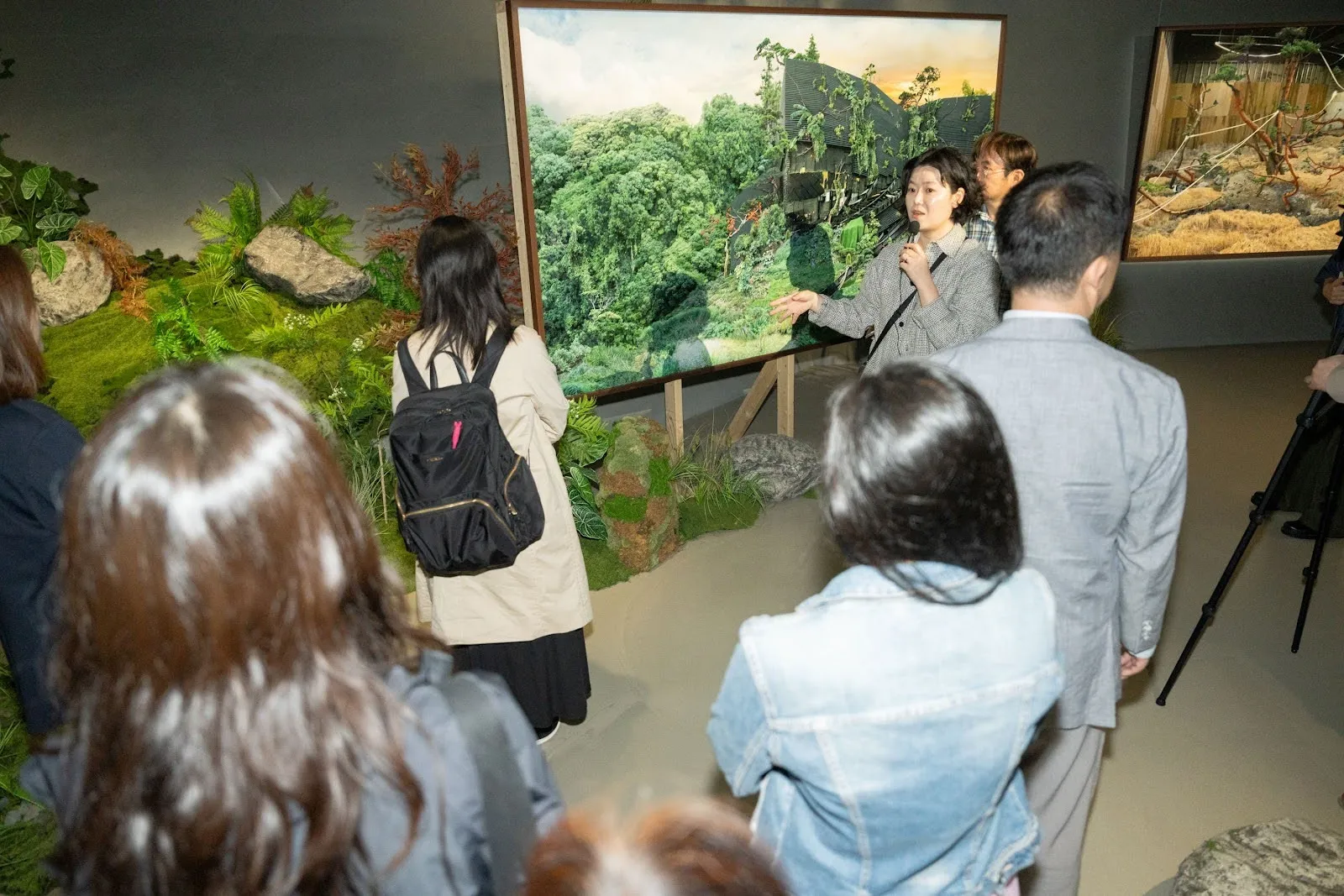
The museum arrives at a pivotal moment for Dobong-gu, a district on the rise. Its immediate neighbor, the recently completed Robot and AI Museum designed by Melike Altinisik Architects (MAA), signals the area’s emergence as a contemporary cultural corridor.


Museum devoted to one of the most democratized and widely practiced art forms, SeMA expands its institutional scope while embracing a medium that intersects with journalism, memory, identity, and visual storytelling.
Photography Seoul Museum of Art Project Details:
Location: Dobong-gu, Seoul, South Korea
Name: Photography Seoul Museum of Art (PhotoSeMA) | @seoulmuseumofart
Lead Architects: Mladen Jadric, Yoon Geun Ju
Architect firms: Jadric Architektur ZT GmbH, 1990uao Architects
Client: Seoul Museum of Art (SeMA)
Area: 7,048 sqm (four floors above, two below)
Photography: © Yoon Joonhwan | Image Zoom, PhotoSeMA, courtesy of SeMA









































Leave a comment